e-learning Courses
Self Hypnosis for those that prefer to do it alone.
All courses end with a certificate on completion.
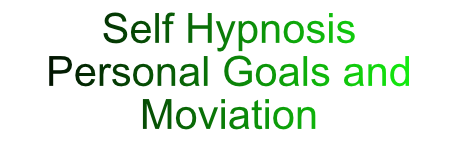 |
|
 |
 |

Depending on which course you do, elements of the following will be part of your course.
Module 1: Introduction to Self-Hypnosis
Lesson 1: Understanding Self-Hypnosis
Overview: In this lesson, you will be introduced to the foundational concepts of self-hypnosis. You’ll learn what self-hypnosis is, how it differs from other forms of hypnosis, and why it’s a valuable tool for personal transformation.
Lesson 2: The History and Science of Hypnosis
Overview: This lesson explores the historical development of hypnosis and the scientific research that supports its efficacy. Understanding the background of hypnosis will help you appreciate its validity as a therapeutic tool.
Lesson 3: Debunking Common Myths and Misconceptions
Overview: This lesson addresses common myths and misconceptions about hypnosis. By the end of this lesson, you’ll have a clear understanding of what hypnosis is—and isn’t—allowing you to approach your practice with confidence.
Lesson 4: Exploring the Benefits of Self-Hypnosis
Overview: In this lesson, you will explore the wide range of benefits that self-hypnosis can offer. From stress reduction to behavioral change, self-hypnosis has numerous applications that can enhance your life.
Module 2: The Mind: Conscious and Subconscious
Lesson 1: The Conscious vs. Subconscious Mind
Overview: This lesson provides a foundational understanding of the conscious and subconscious mind. You’ll learn how these two aspects of the mind interact and why the subconscious mind is crucial for personal change.
Lesson 2: How Hypnosis Bridges the Conscious and Subconscious
Overview: In this lesson, you’ll learn about the mechanics of hypnosis and how it acts as a bridge between the conscious and subconscious mind. Understanding this process is key to effectively practicing self-hypnosis.
Lesson 3: The Subconscious Mind’s Role in Behavior and Thought Patterns
Overview: This lesson delves deeper into the role of the subconscious mind in shaping our behaviors and thought patterns. You’ll learn how deeply ingrained beliefs and habits are formed and how they can be modified through self-hypnosis.
Module 3: Preparing for Effective Self-Hypnosis
Lesson 1: Creating the Ideal Environment for Self-Hypnosis
Overview: A conducive environment is essential for effective self-hypnosis. In this lesson, you’ll learn how to create a space that promotes relaxation and focus, setting the stage for successful sessions.
Lesson 2: Setting Clear Intentions and Goals
Overview: Setting clear intentions and goals is crucial for directing your self-hypnosis practice. In this lesson, you’ll learn how to define specific, achievable goals that align with your subconscious mind.
Lesson 3: Establishing a Consistent Practice Routine
Overview: Consistency is key to mastering self-hypnosis. This lesson will guide you through establishing a regular practice routine that fits into your daily life and helps you stay committed to your goals.
Lesson 4: Overcoming Common Barriers and Doubts
Overview: It’s common to encounter barriers and doubts when starting self-hypnosis. This lesson will help you identify and overcome these challenges, ensuring that you stay on track with your practice.
Module 4: Techniques for Entering a Hypnotic State
Lesson 1: Progressive Relaxation Techniques
Overview: Progressive relaxation is a foundational technique for entering a hypnotic state. This lesson will teach you how to systematically relax each part of your body, helping you achieve the deep relaxation necessary for effective self-hypnosis.
Lesson 2: Harnessing the Power of Visualization
Overview: Visualization is a powerful tool for deepening your hypnotic state. In this lesson, you’ll learn how to create vivid mental images that promote relaxation and focus, enhancing the effectiveness of your self-hypnosis sessions.
Lesson 3: Focused Breathing Methods
Overview: Breathing is a simple yet powerful tool for relaxation and focus. This lesson will teach you focused breathing techniques that can quickly calm the mind and body, making it easier to enter a hypnotic state.
Lesson 4: Creating Anchors and Using Trigger Words
Overview: Anchoring is a technique used to establish a mental or physical cue that helps you enter a hypnotic state more easily. This lesson will teach you how to create and use anchors, such as trigger words or gestures, to enhance your self-hypnosis sessions.
Module 5: Deepening Your Hypnotic State
Lesson 1: Techniques to Deepen Relaxation
Overview: Once you’ve entered a light hypnotic state, deepening your relaxation can help you access deeper levels of the subconscious. This lesson covers various techniques for deepening your hypnotic state, such as countdowns and body scans.
Lesson 2: Guided Imagery for Subconscious Access
Overview: Guided imagery involves creating detailed mental scenarios that help you relax and focus. In this lesson, you’ll learn how to use guided imagery to access your subconscious mind and enhance the effectiveness of your self-hypnosis sessions.
Lesson 3: Exploring Deeper Layers of the Subconscious Mind
Overview: As you become more skilled in self-hypnosis, you may want to explore deeper layers of the subconscious. This lesson will guide you through advanced techniques for accessing and working with deeper subconscious material.
Module 6: Crafting and Using Effective Suggestions
Lesson 1: How to Craft Powerful Suggestions
Overview: Suggestions are the key to making changes through self-hypnosis. In this lesson, you’ll learn how to craft powerful, positive suggestions that resonate with your subconscious mind and support your goals.
Lesson 2: The Role of Positive Affirmations
Overview: Positive affirmations are a form of suggestion that reinforces positive beliefs and behaviours. This lesson will teach you how to use affirmations effectively in your self-hypnosis practice to support lasting change.
Lesson 3: Integrating Suggestions into Your Practice
Overview: Integrating suggestions into your self-hypnosis sessions is crucial for achieving your desired outcomes. In this lesson, you’ll learn how to introduce suggestions at the right moment and reinforce them effectively throughout your practice.
Module 7: Self-Hypnosis for Specific Goals
Lesson 1: Reducing Stress and Anxiety
Overview: Self-hypnosis is an effective tool for managing stress and anxiety. In this lesson, you’ll learn how to use self-hypnosis techniques to reduce stress, promote relaxation, and build resilience against anxiety.
Lesson 2: Boosting Confidence and Self-Esteem
Overview: Self-hypnosis can be a powerful tool for building confidence and self-esteem. This lesson will guide you through techniques for reinforcing positive self-beliefs, overcoming self-doubt, and cultivating a strong sense of self-worth.
Lesson 3: Enhancing Focus and Productivity
Overview: Self-hypnosis can help improve focus and productivity by enhancing your ability to concentrate, manage time effectively, and stay motivated. This lesson will provide techniques for using self-hypnosis to boost your focus and productivity in daily tasks.
Module 8: Overcoming Challenges with Self-Hypnosis
Lesson 1: Breaking Bad Habits
Overview: Self-hypnosis is a powerful tool for breaking bad habits by reprogramming the subconscious mind. This lesson will guide you through techniques for overcoming habits like smoking, overeating, or procrastination, and replacing them with healthier behaviours.
Lesson 2: Managing Pain and Discomfort
Overview: Self-hypnosis can be a powerful tool for managing physical pain and discomfort by altering your perception of pain and promoting relaxation. This lesson will provide techniques for using self-hypnosis to reduce pain, improve comfort, and enhance your overall well-being.
Lesson 3: Overcoming Fears and Phobias
Overview: Self-hypnosis can be a powerful tool for overcoming fears and phobias by reprogramming the subconscious mind to respond with calm and confidence. This lesson will provide techniques for using self-hypnosis to reduce fear, build resilience, and regain control over your life.
Module 9: Self-Hypnosis for Personal Growth
Lesson 1: Achieving Goals and Success
Overview: Self-hypnosis can be a powerful tool for achieving personal and professional goals by aligning the subconscious mind with your desired outcomes. This lesson will provide techniques for using self-hypnosis to set clear goals, stay motivated, and overcome obstacles on the path to success.
Lesson 2: Enhancing Creativity and Problem-Solving
Overview: Self-hypnosis can enhance creativity and problem-solving abilities by helping you access the subconscious mind, where creative ideas and solutions often reside. This lesson will provide techniques for using self-hypnosis to unlock your creative potential and tackle challenges with confidence.
Module 10: Self-Hypnosis for Health and Wellness
Lesson 1: Enhancing Physical Health
Overview: Self-hypnosis can be a valuable tool for enhancing physical health by promoting relaxation, reducing stress, and supporting positive lifestyle changes. This lesson will provide techniques for using self-hypnosis to improve your physical health and well-being.
Lesson 2: Supporting Mental and Emotional Well-Being
Overview: Self-hypnosis can be a valuable tool for supporting mental and emotional well-being by promoting relaxation, reducing stress, and fostering positive thoughts and emotions. This lesson will provide techniques for using self-hypnosis to enhance your mental and emotional health.
Module 11: Integrating Self-Hypnosis into Daily Life
Lesson 1: Creating a Self-Hypnosis Routine
Overview: Integrating self-hypnosis into your daily life requires consistency and commitment. This lesson will guide you through the process of creating a self-hypnosis routine that supports your goals and fits into your daily schedule.
Lesson 2: Integrating Self-Hypnosis with Other Practices
Overview: Self-hypnosis can be combined with other practices, such as meditation, mindfulness, and affirmations, to enhance its effectiveness and support overall well-being. This lesson will explore ways to integrate self-hypnosis with other practices to create a holistic approach to mental, emotional, and physical health.
- Hits: 11911


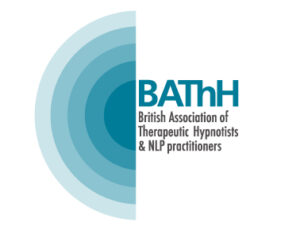
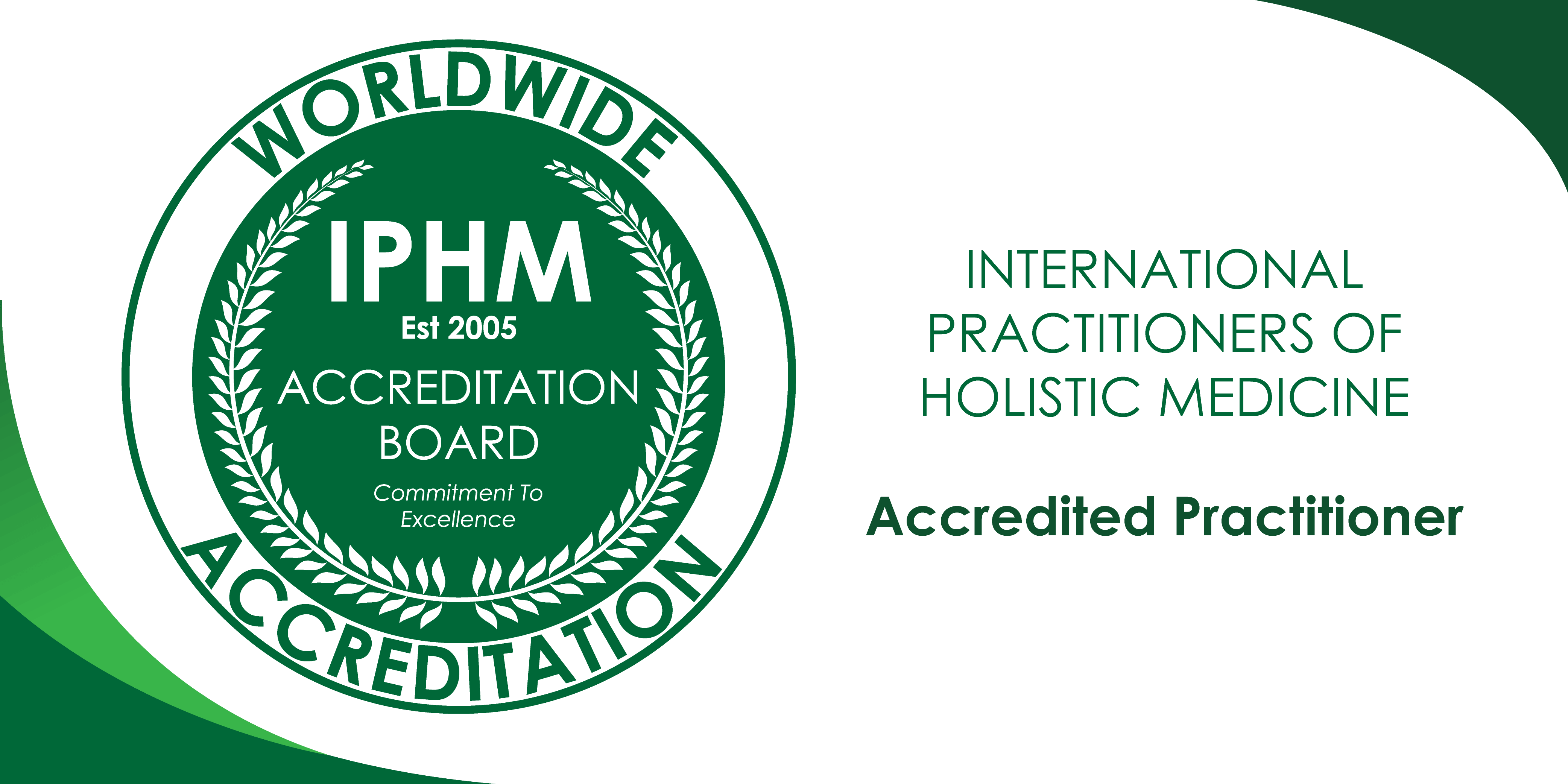
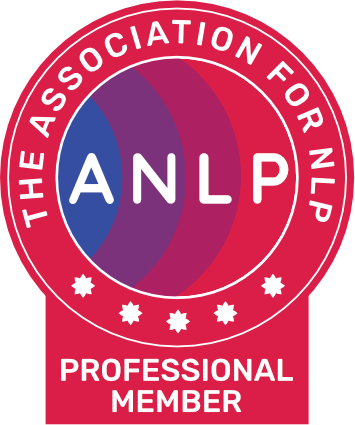
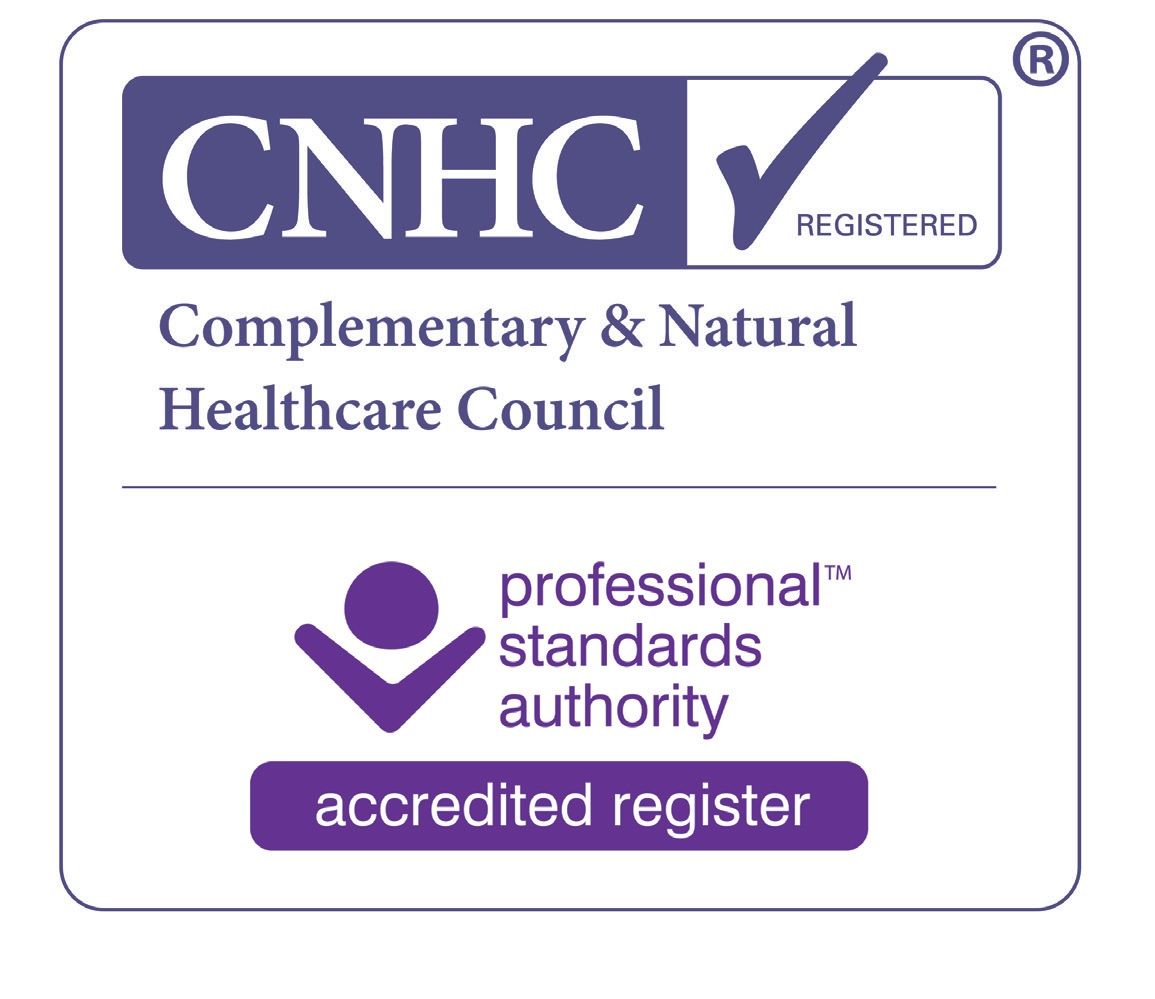
 25% discount for Key Workers (Police, Fire, NHS)
25% discount for Key Workers (Police, Fire, NHS)